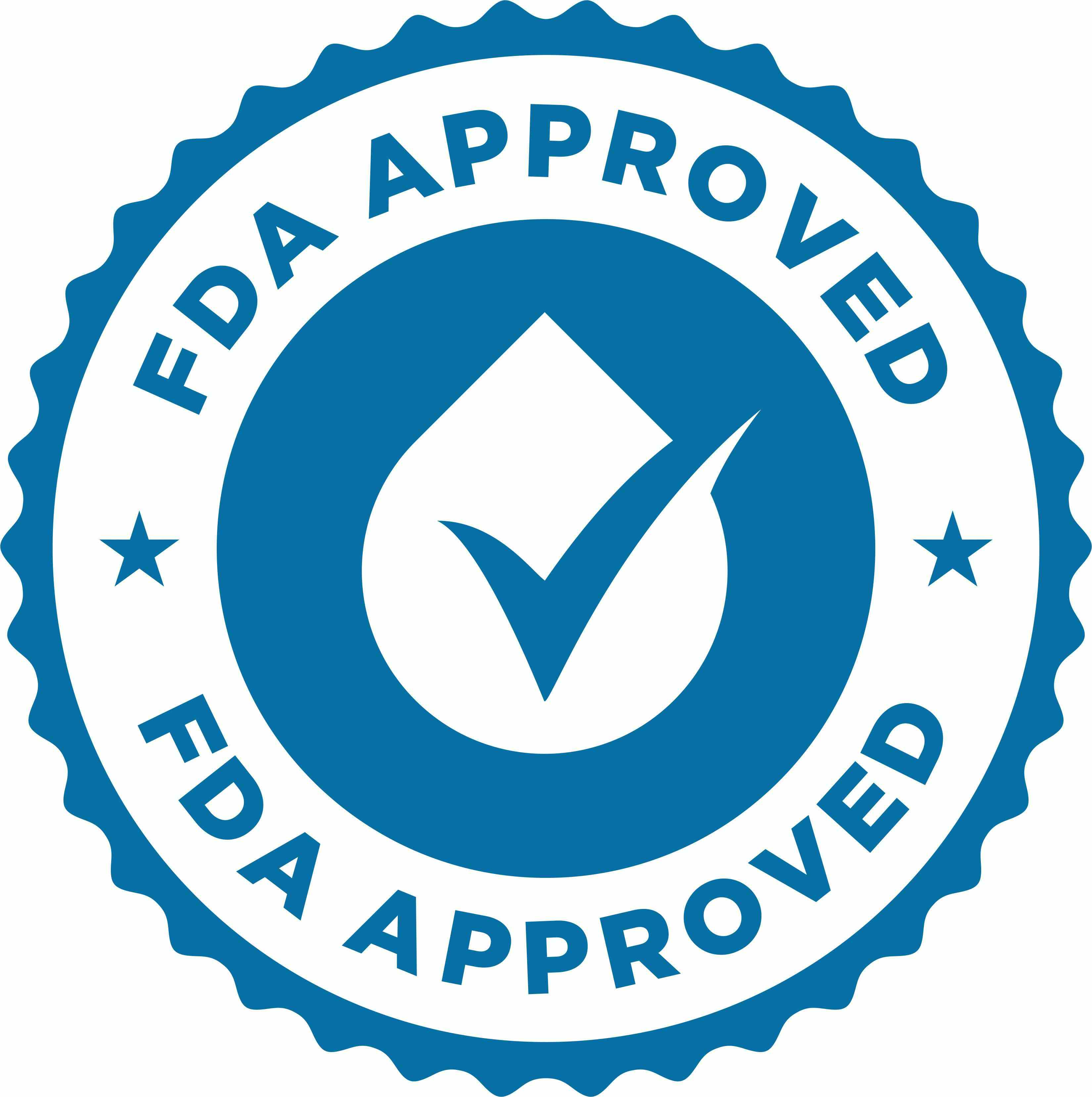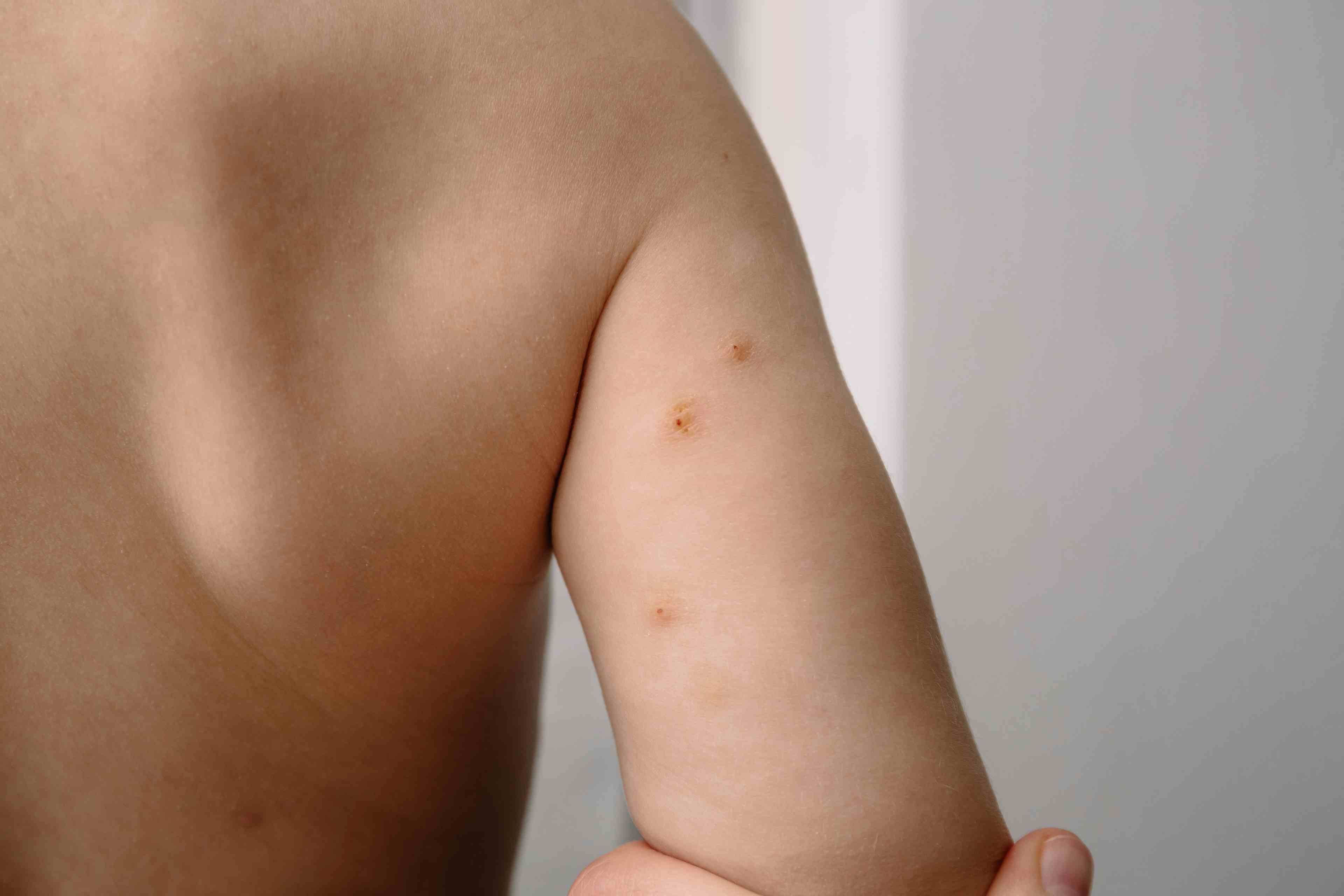- Acne
- Actinic Keratosis
- Aesthetics
- Alopecia
- Atopic Dermatitis
- Buy-and-Bill
- COVID-19
- Case-Based Roundtable
- Chronic Hand Eczema
- Chronic Spontaneous Urticaria
- Drug Watch
- Eczema
- General Dermatology
- Hidradenitis Suppurativa
- Melasma
- NP and PA
- Pediatric Dermatology
- Pigmentary Disorders
- Practice Management
- Precision Medicine and Biologics
- Prurigo Nodularis
- Psoriasis
- Psoriatic Arthritis
- Rare Disease
- Rosacea
- Skin Cancer
- Vitiligo
- Wound Care
Article
The JAK Inhibitor Pipeline Builds in Dermatology
Author(s):
Eight JAK inhibitors are approved by the FDA to treat autoimmune, inflammatory, and allergic conditions.
starlineart/AdobeStock

Since the first FDA approval, Janus kinase (JAK) inhibitors have been transforming dermatology. Beginning in 2018 with ruxolitinib for atopic dermatitis, 4 more JAK inhibitors have been approved in the space, treating alopecia areata, psoriasis, psoriatic arthritis, and nonsegmental vitiligo. More agents and indications are in the pipeline.
Brett A. King, MD, PhD, associate professor of dermatology at Yale School of Medicine in New Haven, Connecticut, published one of the first case reports of tofacitinib in a dermatologic disease in 2014.1 His patient, a young man with alopecia universalis and psoriasis, regrew all of his hair after starting tofacitinib off-label. “Seven to 8 years later, several JAK inhibitors are approved [in dermatology],” King told the American Academy of Dermatology in 2022. “That is light speed in medicine!”2
Patient Perspectives
Jessica Robel lost 95% of her hair due to alopecia areata. “I tried steroid injections, minoxidil, mycophenolate, methotrexate, and just started wearing a wig,” said Robel, a patient advocate for the National Alopecia Areata Foundation. “I tried topical [upadacitinib (Rinvoq)] in March—which I was able to get because I also had eczema, which it was approved for. In May, I had to get a haircut. The real problem was just getting the drug. My insurance refused. Hair loss and eczema are ‘just cosmetic,’ they said, not causing any physical or psychological harm.
“But it’s really just the cost of [upadacitinib],” Robel said. “Methotrexate wasn’t on their drug list either, but it’s cheap and they approved it right away. I haven’t missed any doses because I’ve been able to get it directly from the manufacturer, and my dermatologist has had samples to tide me over.”
Treatment success and access difficulties are a familiar story, said Cody Clark, PharmD, CEO at Big Country Dermatology Pharmacy in Abilene, Texas, with patients in 17 states. Every new dermatologic approval eases reimbursement and improves access.
“We have seen that JAK inhibitors work on a lot of the same disease states that traditional steroids work on, only better,” Clark said. “For patients covered by commercial insurance, access problems are almost a given. Only [approximately] 30% of claims are approved by the insurer. The other 70% are covered by the manufacturer or other patient assistance or co-pay programs. Pretty much all our private pay patients are able to get and use JAK inhibitors…eventually.”
Accessing JAKs
Access to JAK inhibitors can be more problematic for patients who are insured through Medicare or Medicaid.
Reimbursement for JAK inhibitor use covered by medical benefits is generally straightforward, said Elizabeth Johnson, LPN, CPC, PACS, BCPA, president of the National Association of Medication Access and Patient Advocacy. However, dermatologic use is more often a pharmacy benefit. Many agents routinely covered in the commercial world are off-formulary in public programs or are placed on higher-priced tiers to limit use.
“We most often have cost issues [with] Medicare Part D,” Johnson said. “There is assistance out there, but the application process isn’t easy. And in the post–COVID-19 world, there is a huge amount of turnover in office staff. Practices that have newer, less experienced staff are having more problems navigating assistance programs, and patients are having more problems getting on therapy.”
Dermatologists have been using JAK inhibitors off-label for years, according to dermatologist Lauren Eckert Ploch, MD, MEd, FAAD, of the Georgia Dermatology & Skin Cancer Center in Augusta. Many turned to compounding pharmacists for topical tofacitinib to treat vitiligo, alopecia areata, lichen planopilaris, and other skin conditions.
“Many patients had to pay out of pocket for topical tofacitinib for off-label use,” she said. “Now that these drugs are FDA approved for our indications, I have not received any complete roadblocks to treatment by insurance companies for the approved conditions.” Current dermatology indications are limited to atopic dermatitis (ruxolitinib, upadacitinib, and abrocitinib), alopecia areata (baricitinib),3 psoriasis (deucravacitinib), psoriatic arthritis (tofacitinib), and vitiligo (ruxolitinib), and other agents and expanded indications are in the pipeline.
“Probably half the cases of atopic dermatitis in the country are in kids under the age of 12,” said Nanette B. Silverberg, MD, chief of pediatric dermatology at Mount Sinai Health System and clinical professor of pediatrics and dermatology at the Icahn School of Medicine at Mount Sinai in New York, New York. “Not having FDA approval below [age] 12 means we’re a bit limited. I’m hopeful that we’ll get more data on younger patients soon and extend that approval.”
Dosing and Safety
Another benefit of oral and topical JAK inhibitors is that they are easy on patients. “Most patients would rather use a cream or a pill than get an injection,” Silverberg said. “And we’re seeing a lot of [patients] say they will take a topical because of the safety and limited absorption. That’s a real advantage, [as there is] a black box warning for JAK inhibitors. We spend a lot of time discussing the pros and cons with patients.”
The black box warning appeared in 20194 as an increased risk of blood clots and death in individuals using tofacitinib. It was expanded to increased risk for heart-related events, such as heart attack and stroke; cancer; blood clots; and death for tofacitinib, baricitinib, and upadacitinib in 2021. How relevant these warnings are for many dermatology patients isn’t clear, King noted. The warning is based largely on long-term follow-up of patients 50 years and older with moderate to severe rheumatoid arthritis, at least 1 cardiovascular risk factor, and a mean body mass index of 30.
“JAK inhibitors have been a positive experience so far,” Silverberg said. “There is a huge difference between risk in a 60-year-old with cardiovascular disease vs a 20-year-old with atopic dermatitis who is otherwise healthy.
References
1. Gershon E. In hairless man, arthritis drug spurs hair growth — lots of it. Yale News. June 19, 2014. Accessed March 9, 2023. https:// news.yale.edu/2014/06/19/hairless-man-arthritis-drug-spurs-hair-growth-lots-it
2. JAK inhibitors revolutionize dermatology. American Academy of Dermatology. July 22, 2022. Accessed March 9, 2023. https:// www.aadmeetingnews.org/2022-aad-innovation-academy/ article/22340292/jak-inhibitors-revolutionize-dermatology
3. Lensing M, Jabbari A. An overview of JAK/STAT pathways and JAK inhibition in alopecia areata. Front Immunol. 2022;13:955035. doi:10.3389/fimmu.2022.955035
4. Petronelli M. FDA requiring black box warning for certain JAK inhibitors. Dermatology Times. September 2, 2021. Accessed March 9, 2023. https://www.dermatologytimes.com/view/fda-requiring-black-box-warning-for-certain-jak-inhibitors
[This article was originally published by our sister brand, Drug Topics.]
Newsletter
Like what you’re reading? Subscribe to Dermatology Times for weekly updates on therapies, innovations, and real-world practice tips.















